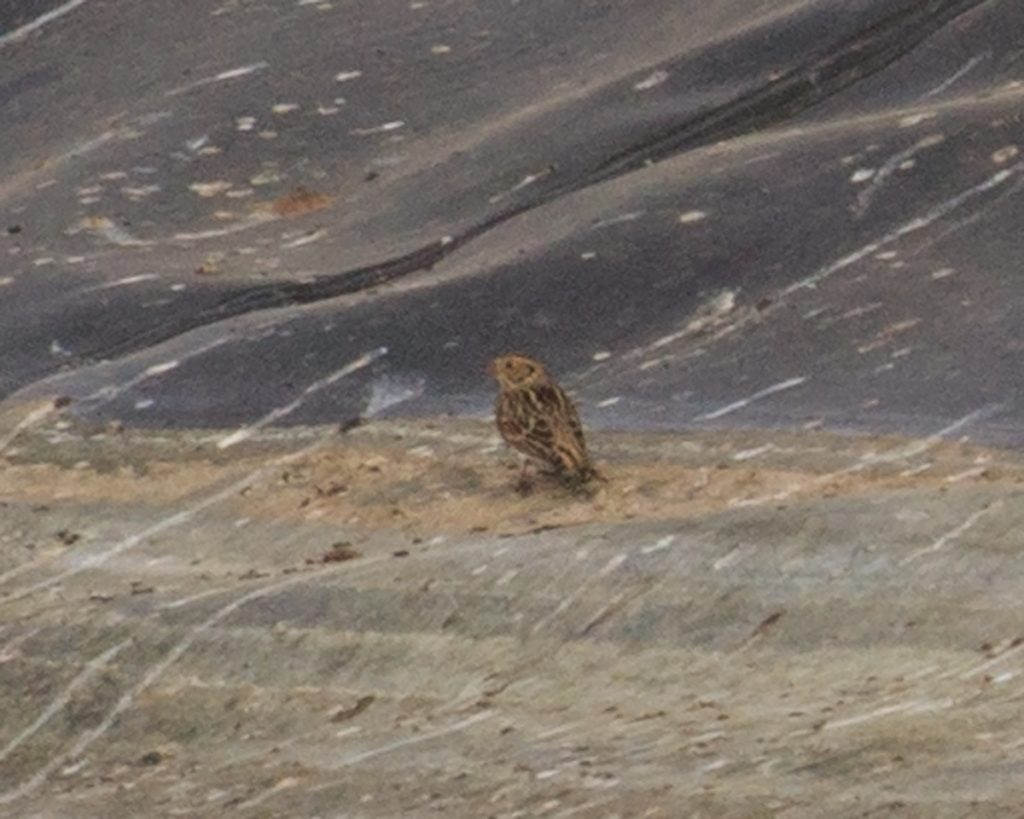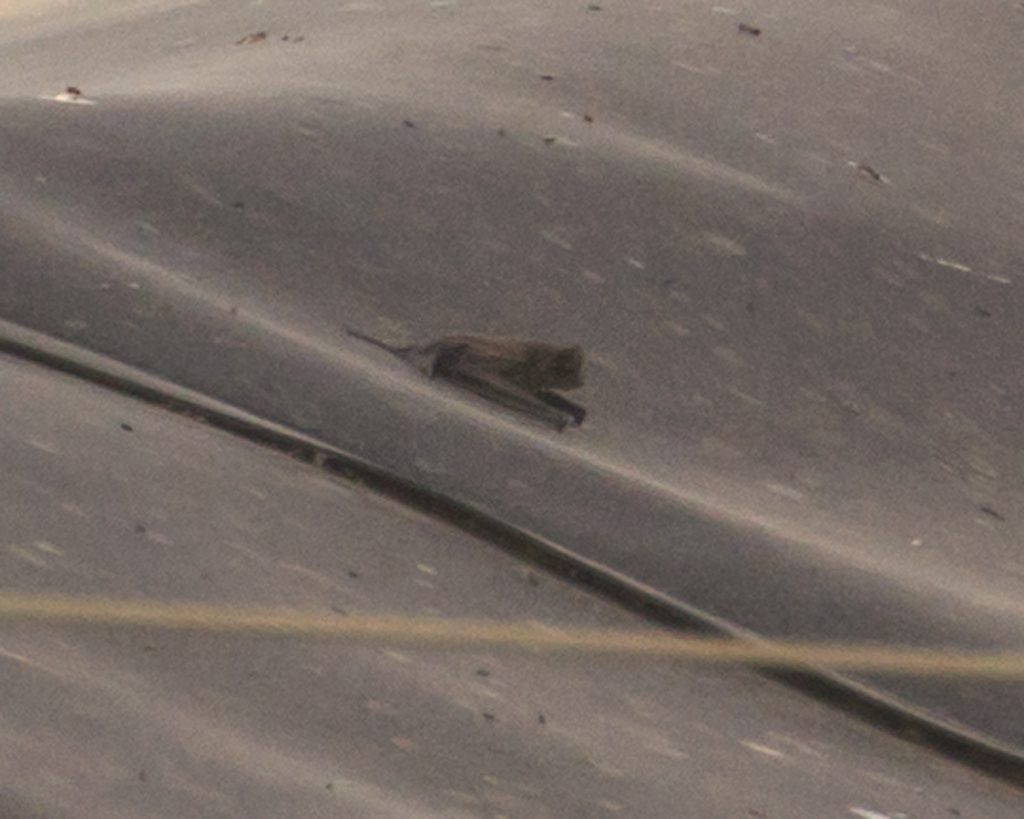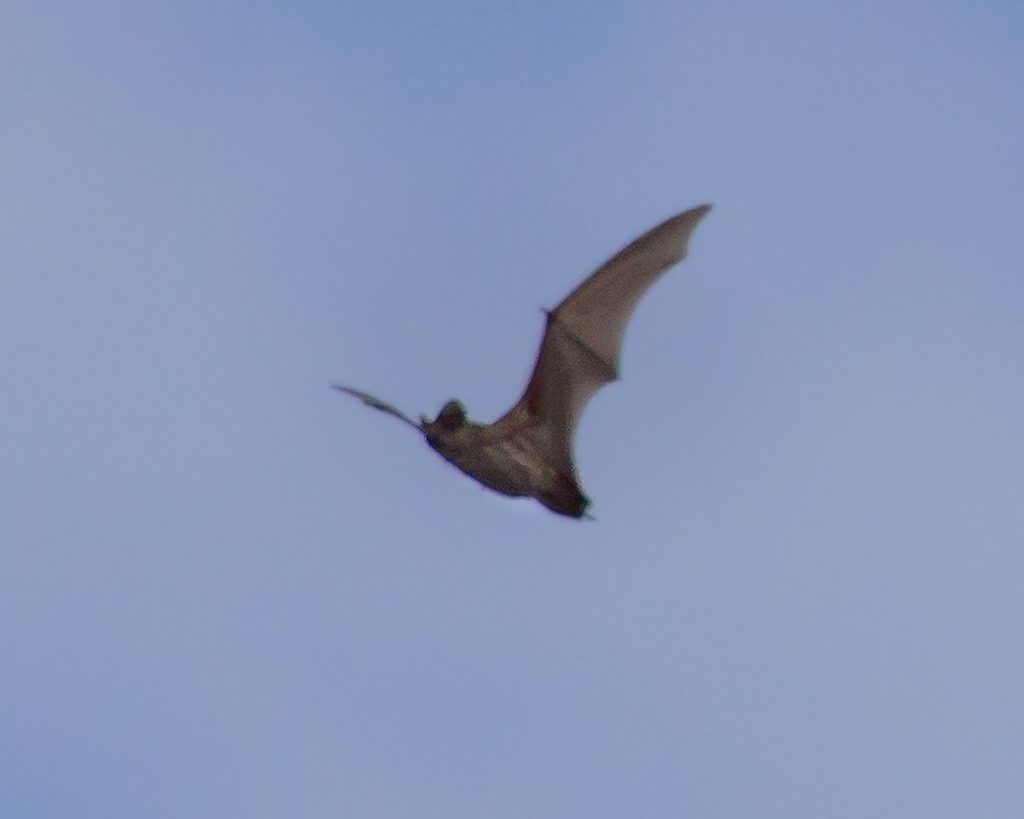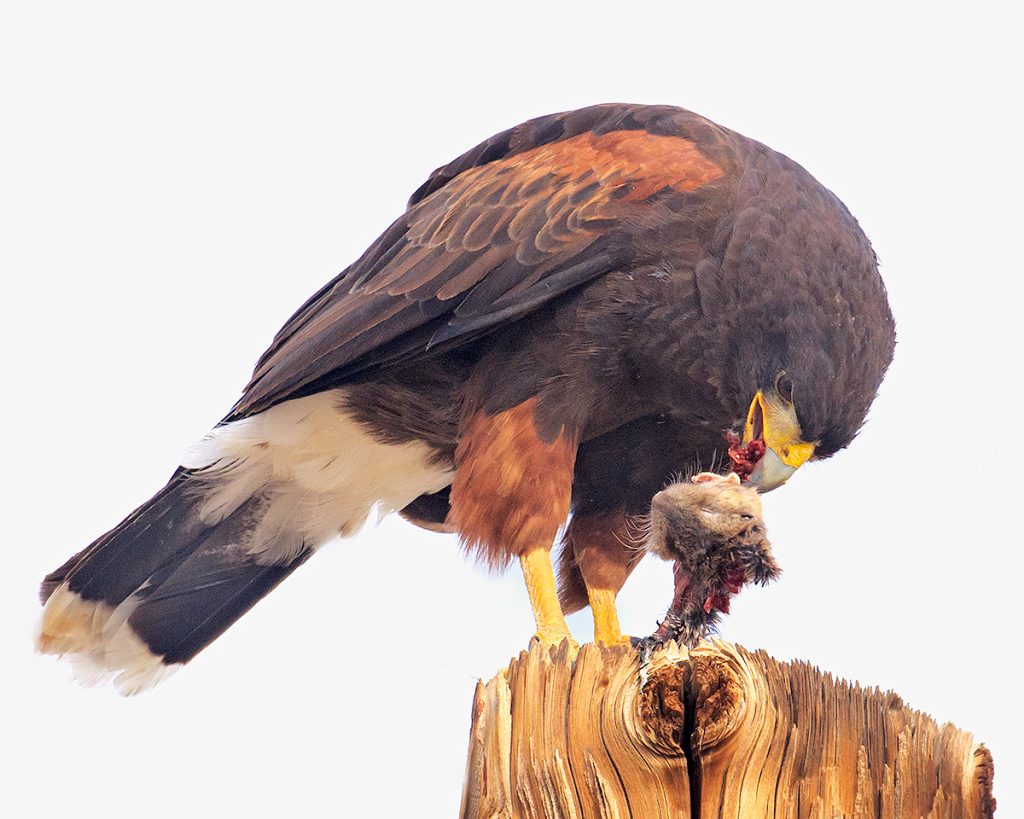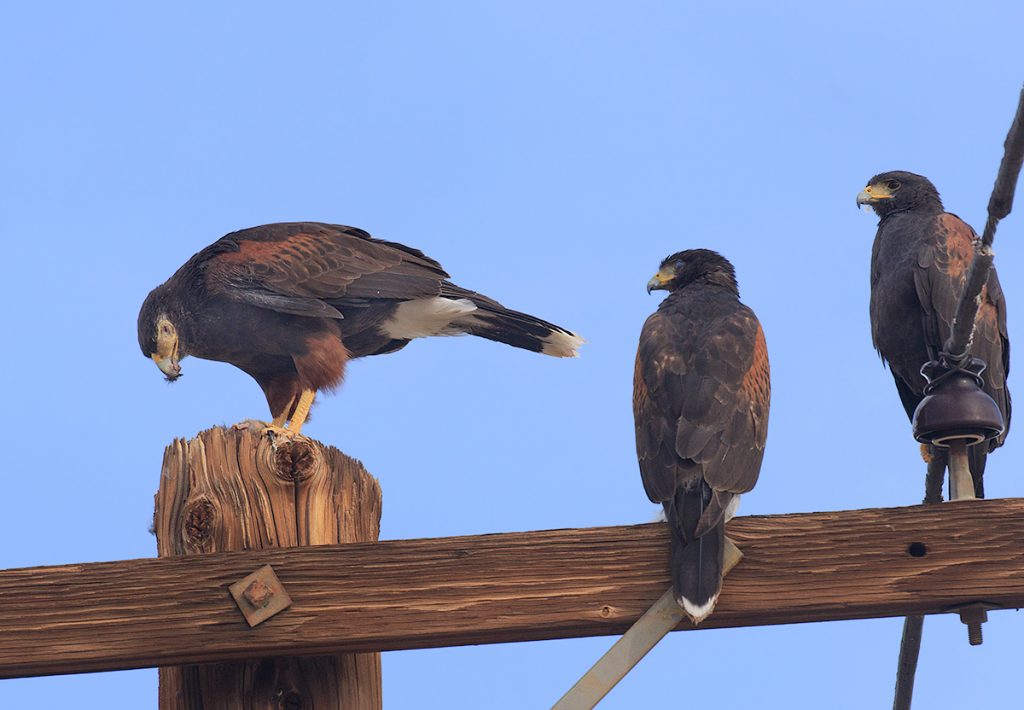With astrophotography going away for awhile it is time to start focusing the camera on wildlife again.
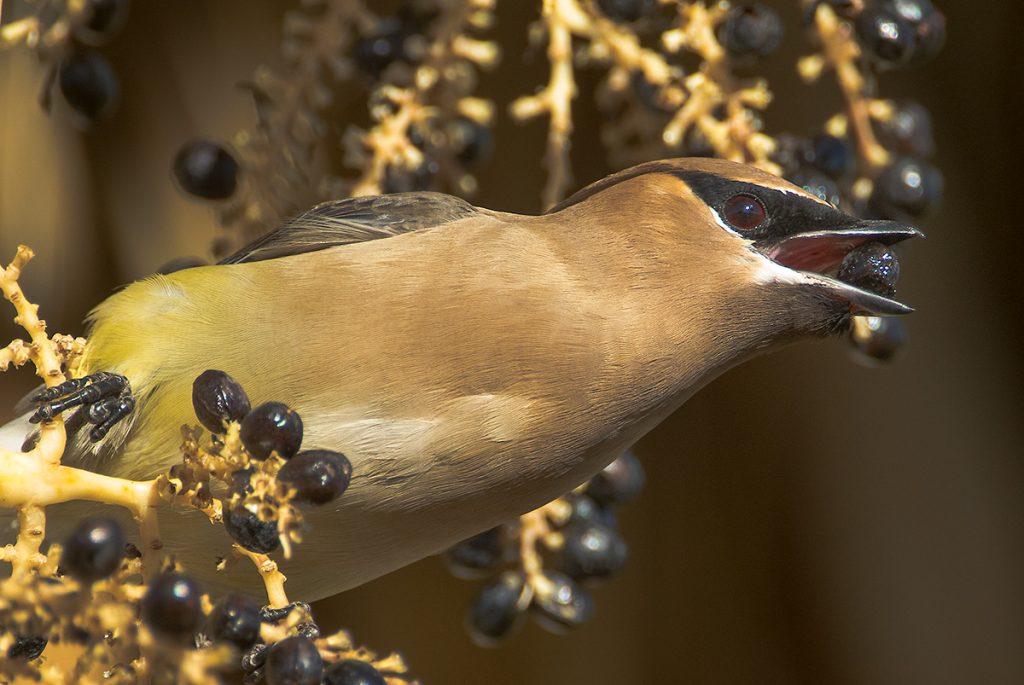
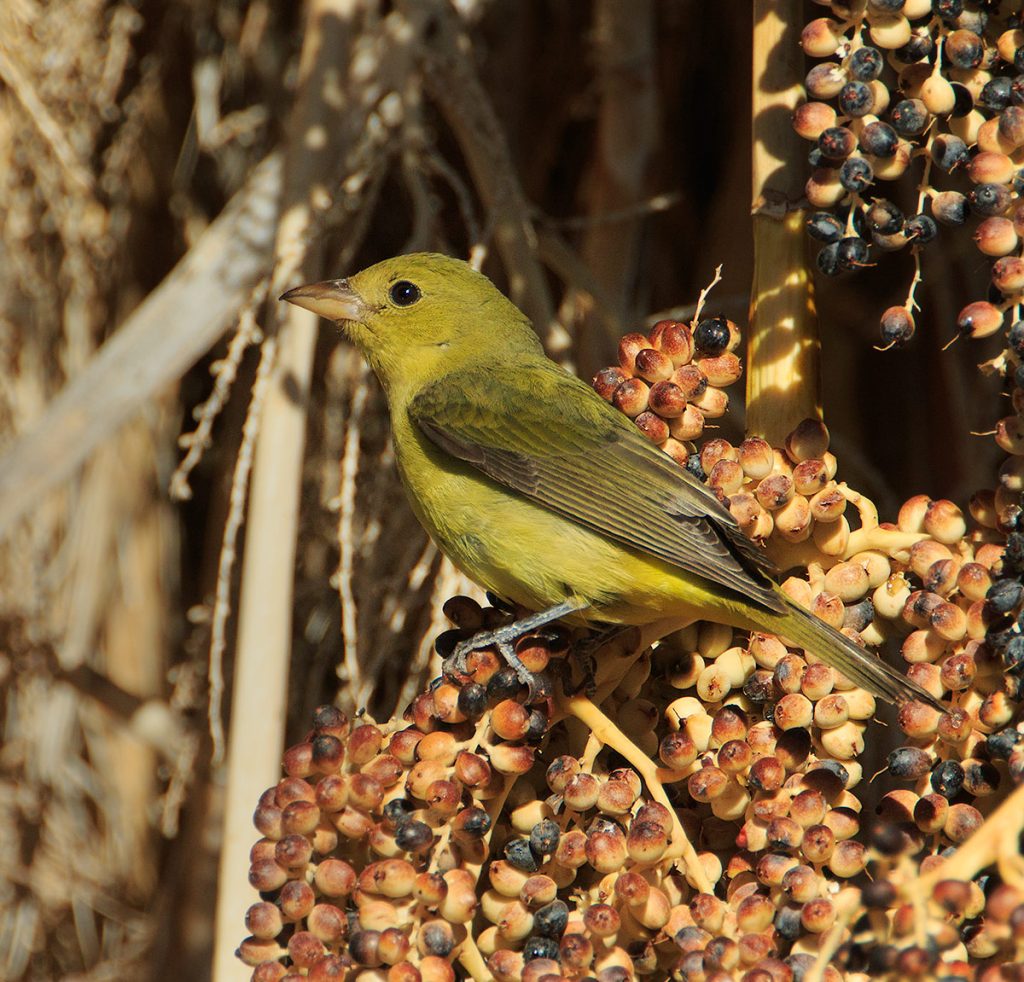
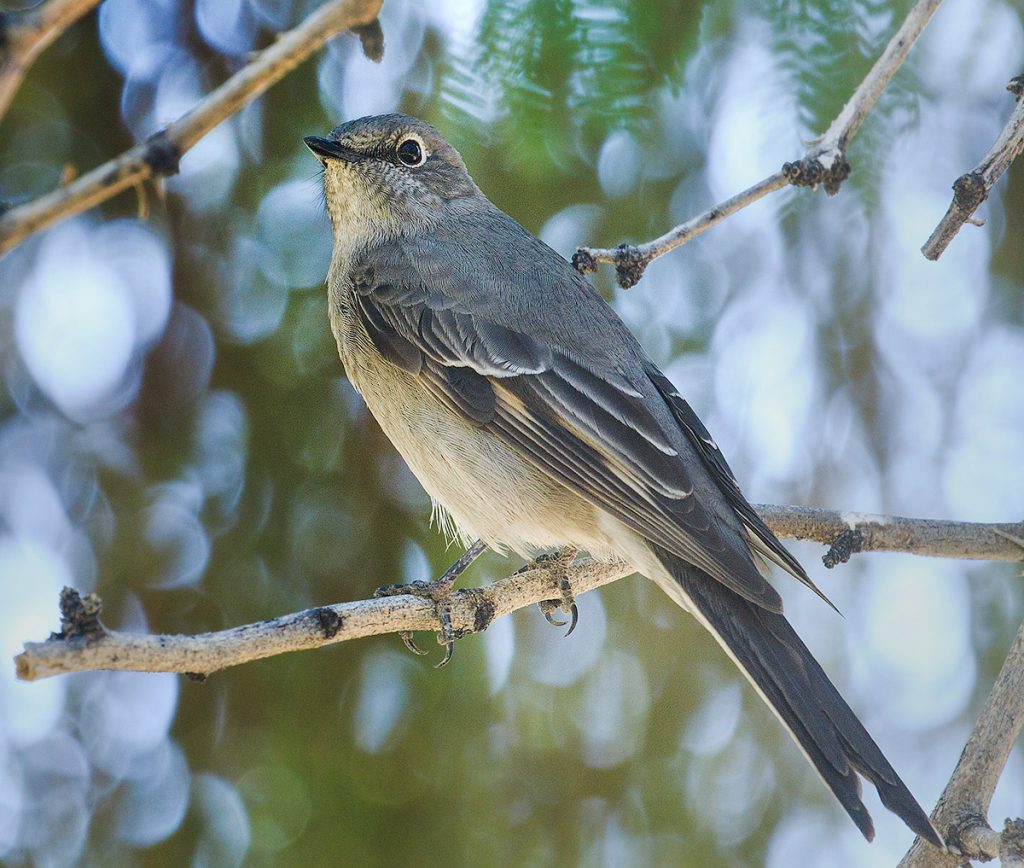
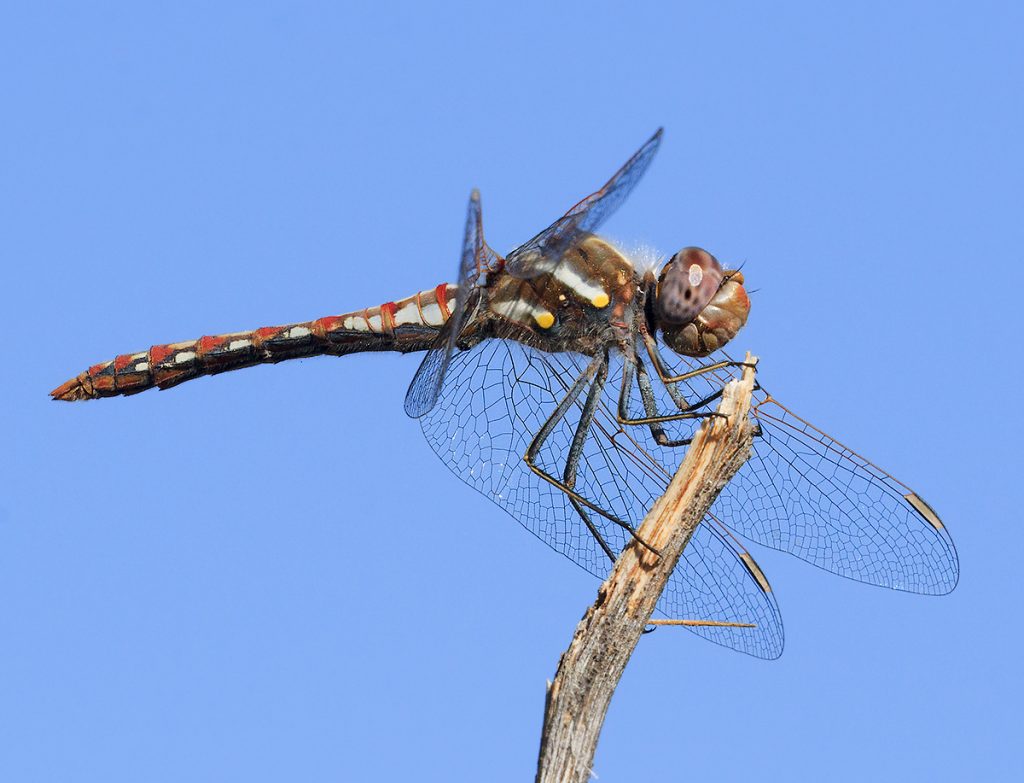
With astrophotography going away for awhile it is time to start focusing the camera on wildlife again.




The moon is growing bright again. I gave up astro a couple of nights ago due to the moon, which now is setting pretty late, and the clouds which have not encouraged me to get up early. Back to normal sleep mode for awhile.





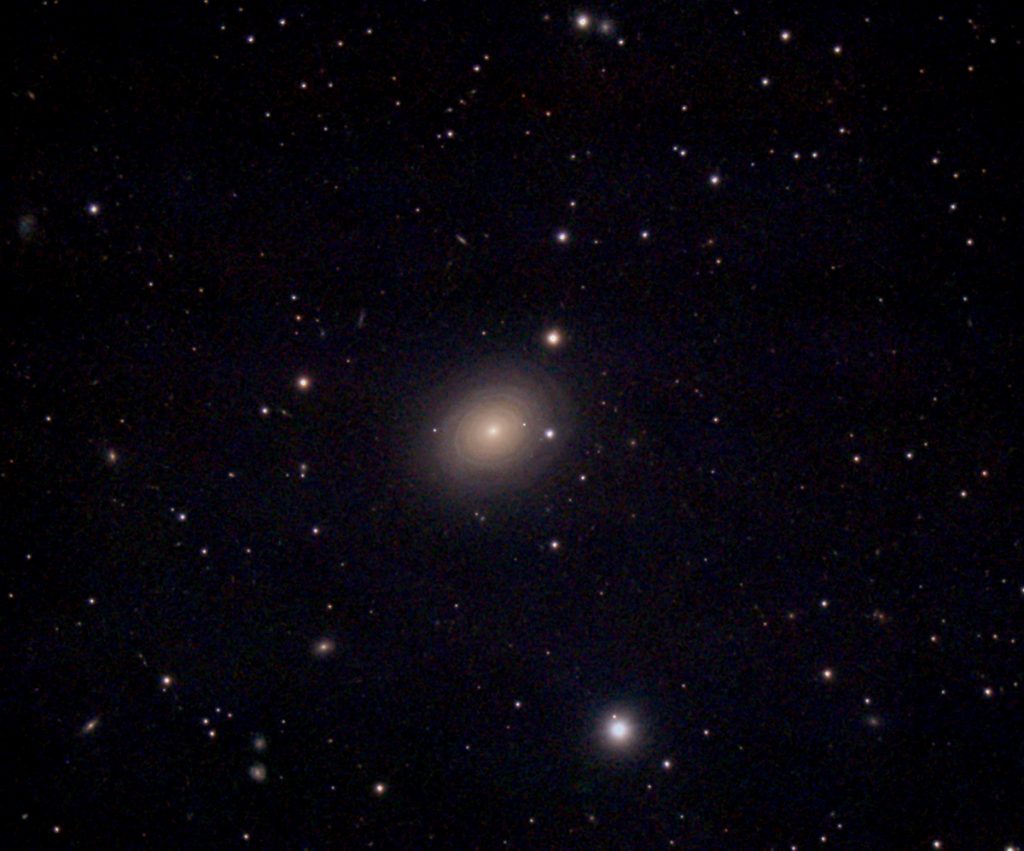
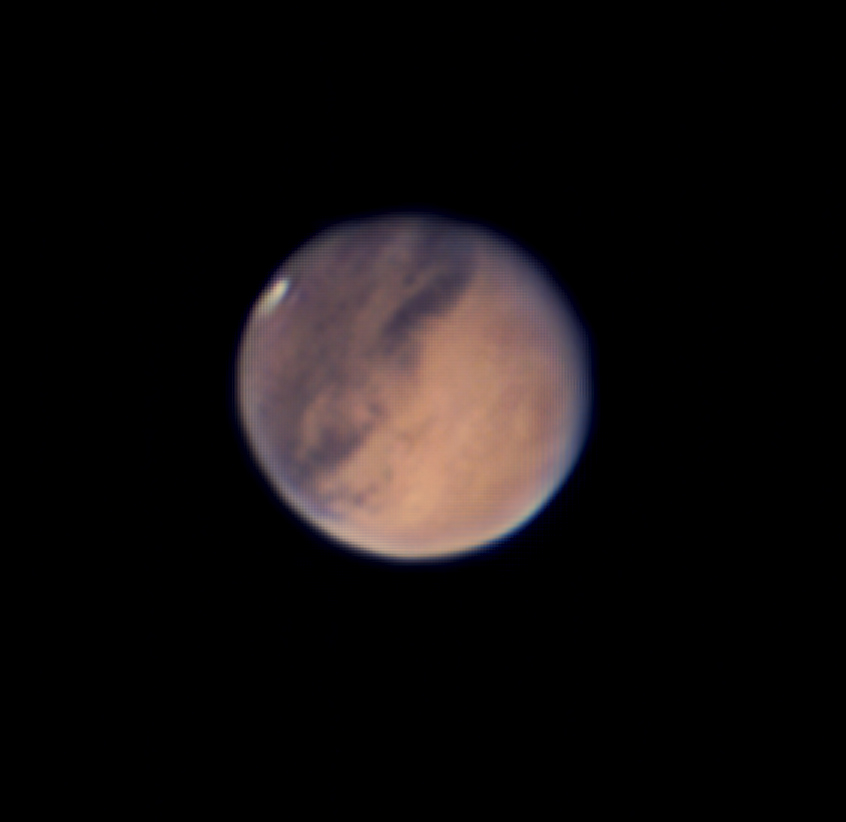
Astrophotography has been great the last few nights. I have been working on two objects that require a lot of exposure, one of them is close to being done and the other will take more time. While waiting for my preferred targets to rise high enough in the sky, I have been shooting a few new galaxies, ones that I’ve never imaged before. An added benefit to being out at night is watching the local wildlife, mostly Merriam’s Kangaroo Rats and a Kit Fox that I’ve been seeing in the area.



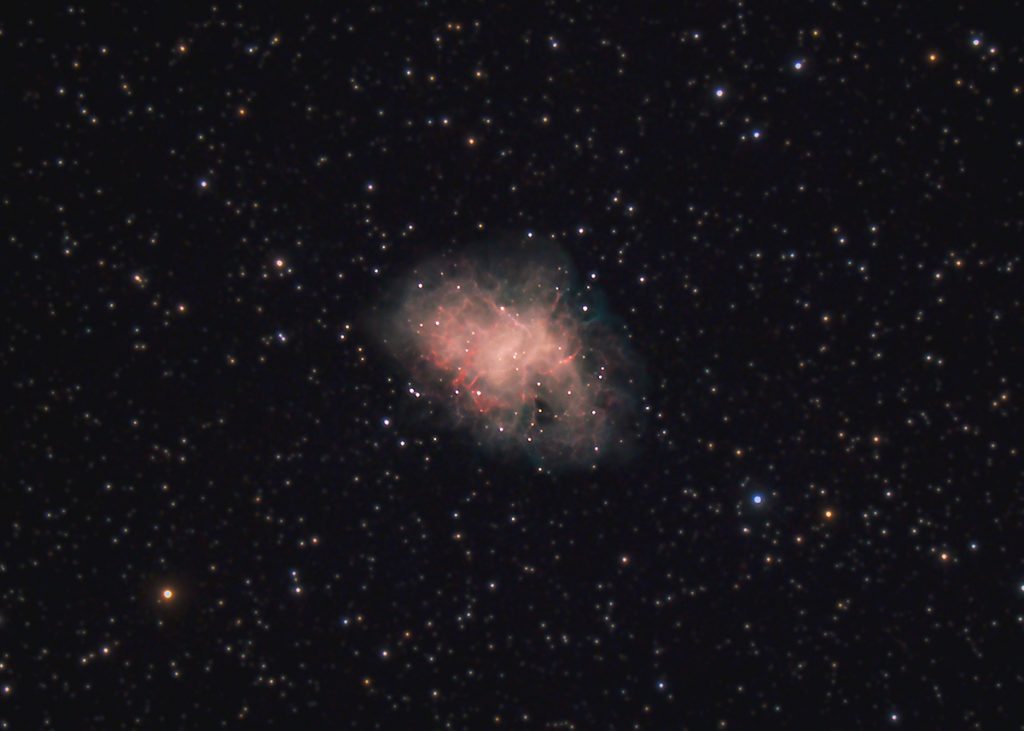
Finally, once again I am able to do more astrophotography. The last three nights have been pretty good, tonight the jet stream is directly overhead so the atmosphere is very unstable. I think I will catch up on sleep.

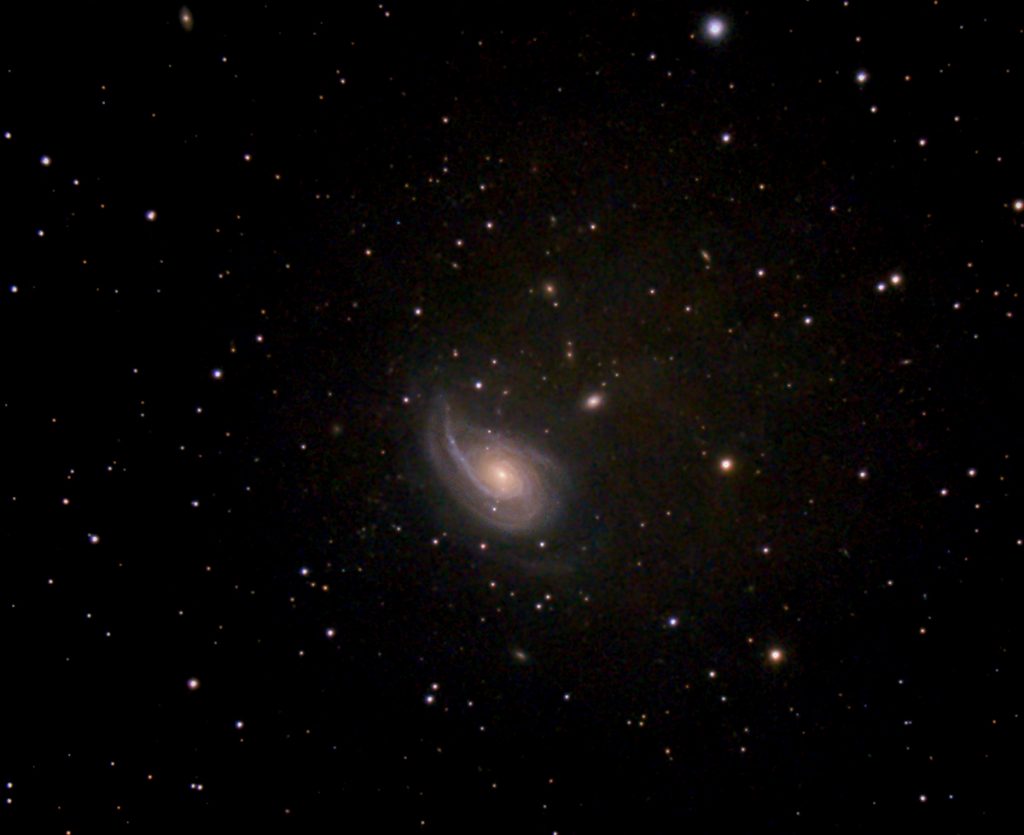
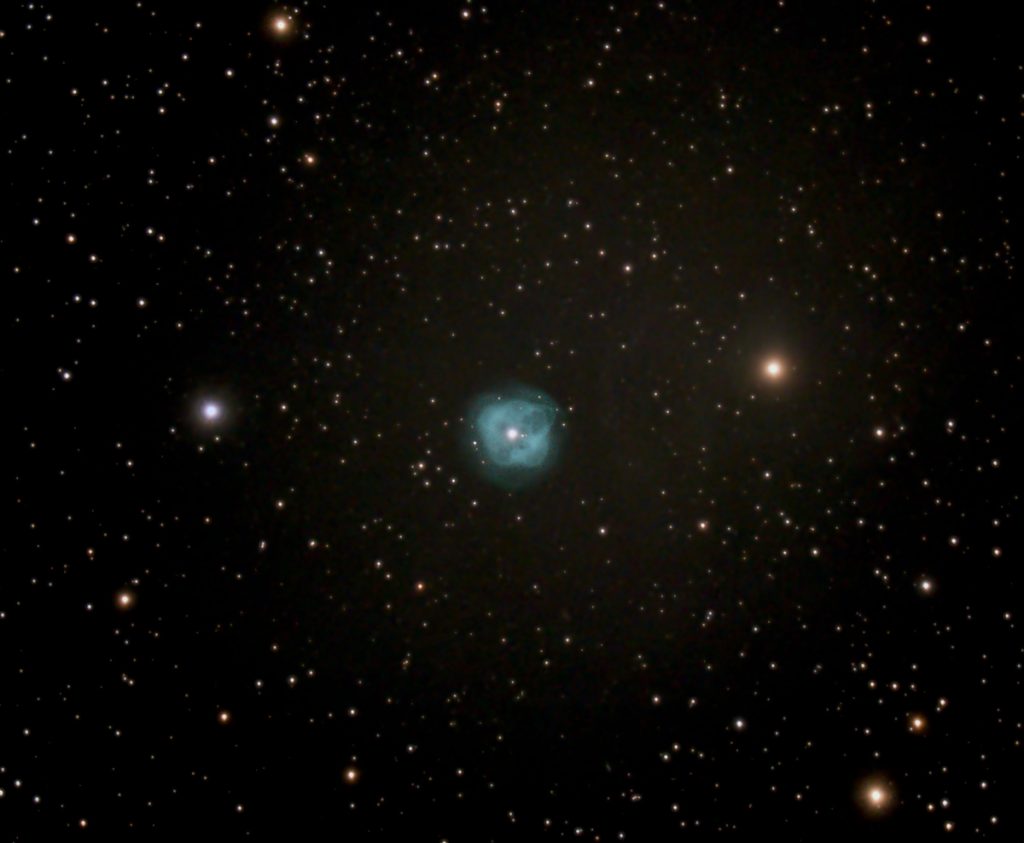

For the past several days, I’ve been lugging the 500 f4 with a 1.4 teleconverter (700mm focal length) on a tripod. Why? It is so heavy that I don’t like to carry it much, like I used to do. But, I wanted some better images of the Varied Thrush and the Rufous-backed Robin and 400mm focal length just isn’t enough. I’ve had some luck with the Varied Thrush but the Rufous-backed Robin has been hard to find. While carrying that combo around, I’ve had some other good photo opportunities and the results are so good, I will probably keep using the 500 f4, for awhile at least.
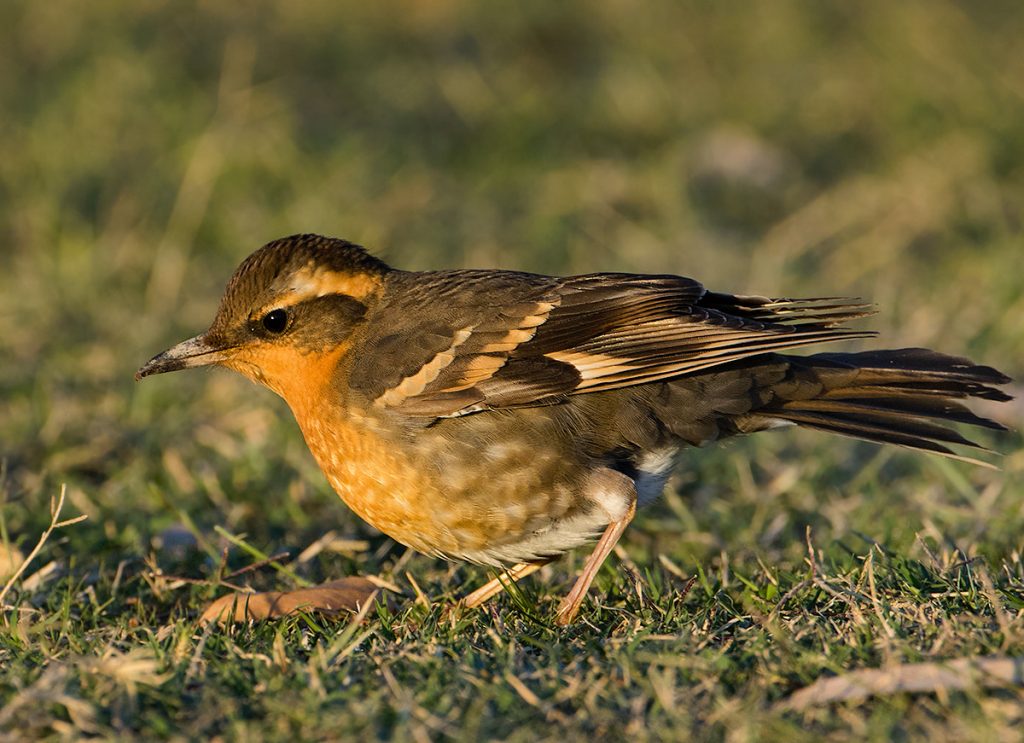
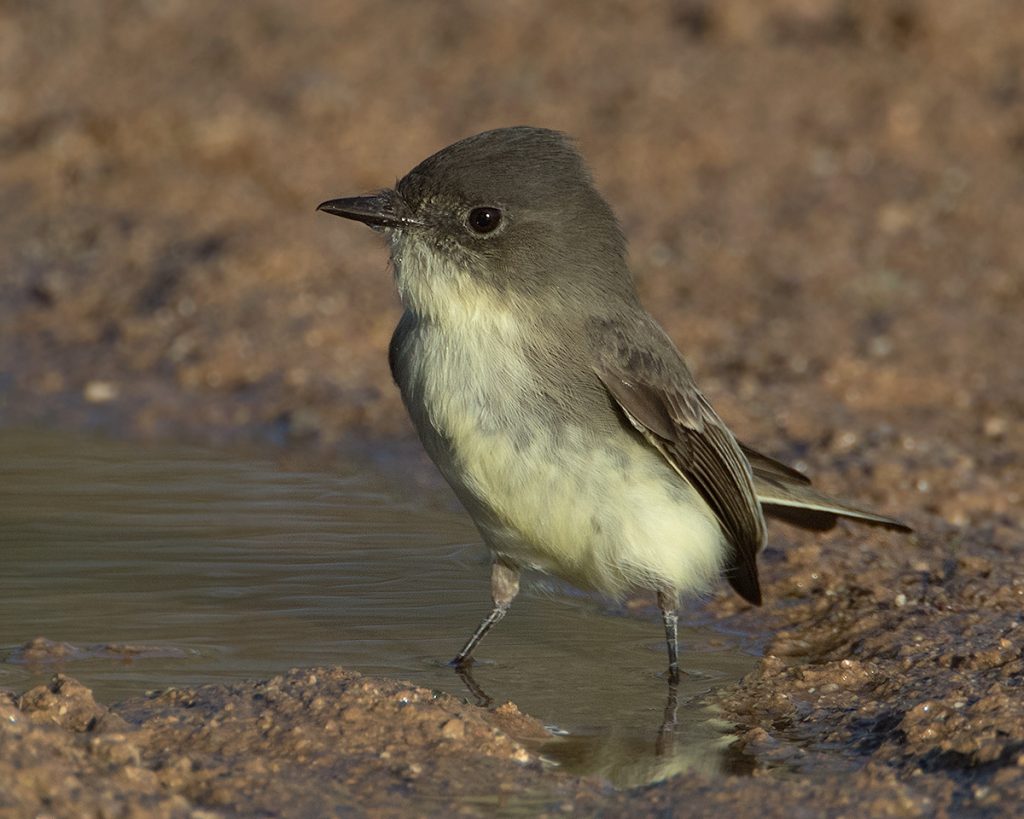

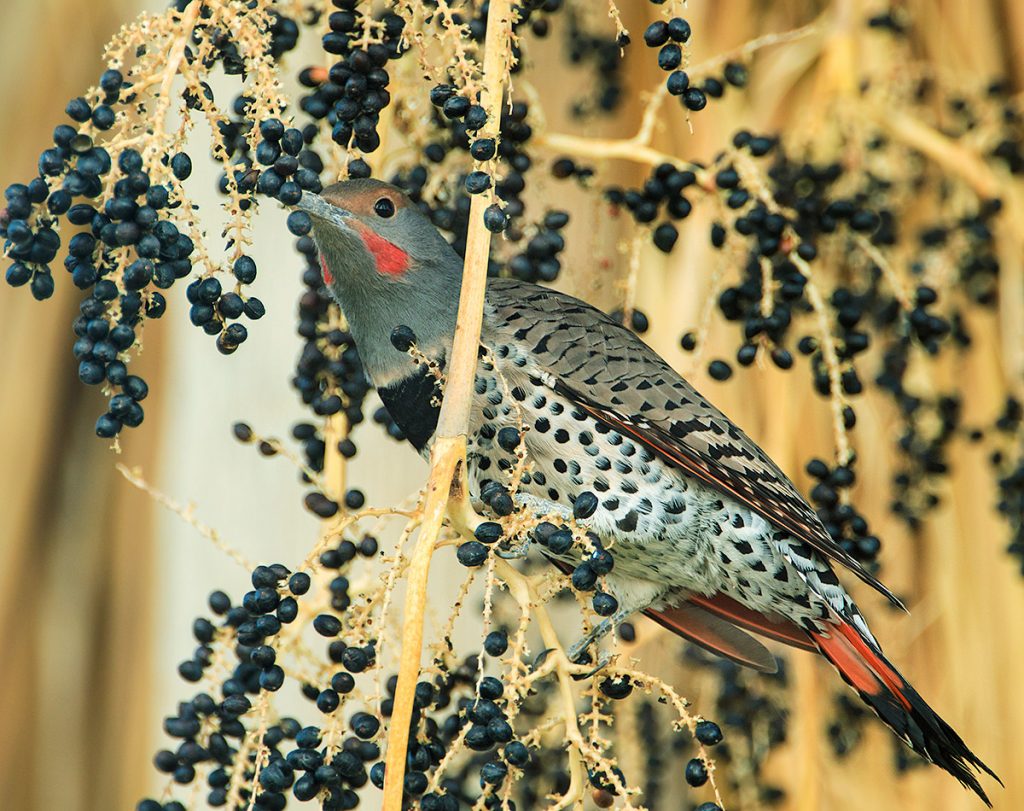
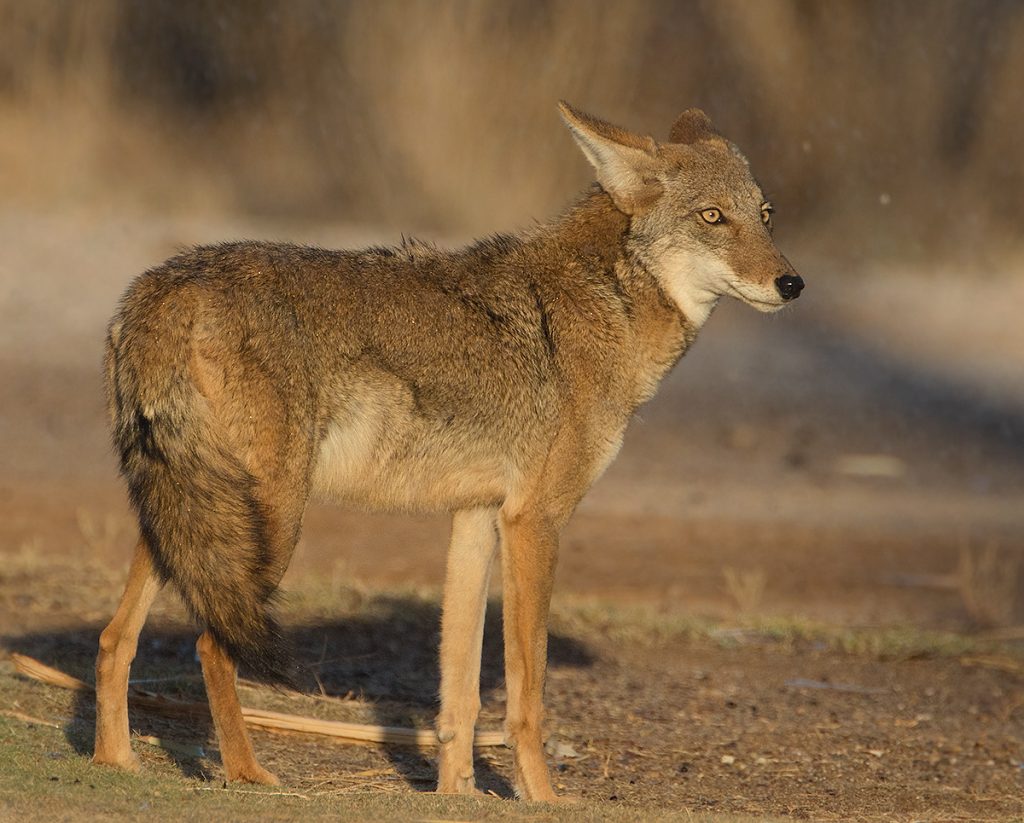




All of the photos shown above were taken with the Canon 500 f4 lens with a 1.4 teleconverter. As always, right click on an image to open in a new tab for a larger image.
The last week has just been fabulous for birding. It seems like everyday something new shows up. Being in Arizona makes it seem even more exciting because there are lots of birders who will travel to see birds. Take a Herring Gull for example, in South Dakota a pretty easy bird at the right time of year, here in the Sonoran Desert, a rarity. Today I had two of them, along with a Brown Pelican, two or maybe three Heermann’s Gulls, a couple of dozen Bonaparte’s Gulls, and a California Gull along with a bunch of Ring-billed Gulls. As the Arizona birders say, any gull is a good gull in Pima County. The reason for all this bird movement is the weather, of course. A strong front came through last night and today was very windy, with SSW winds blowing up to 35 mph, straight up from the Sea of Cortez.
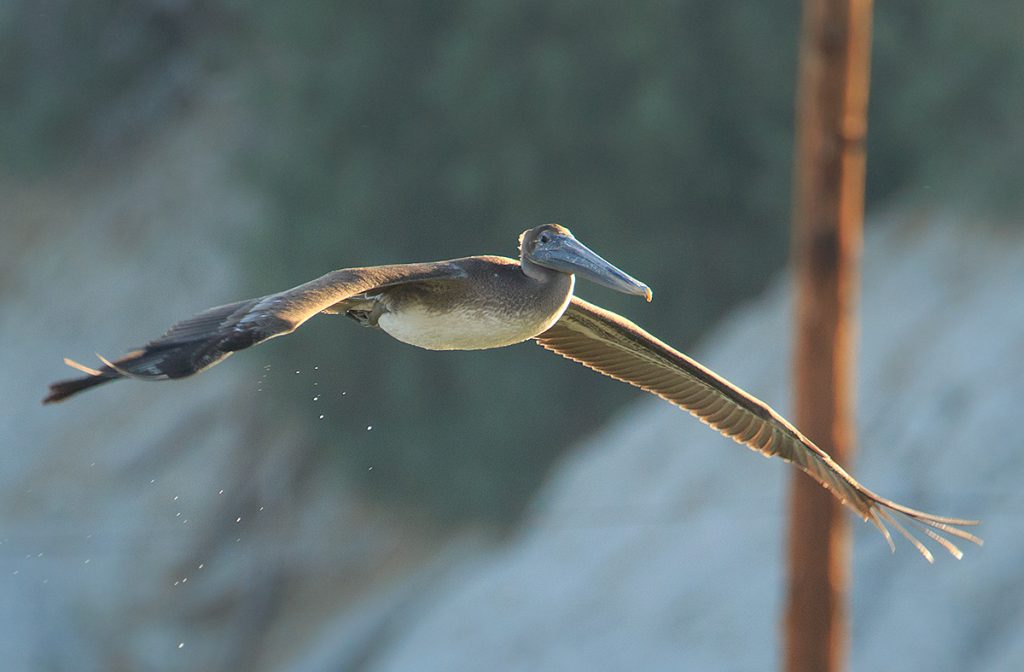
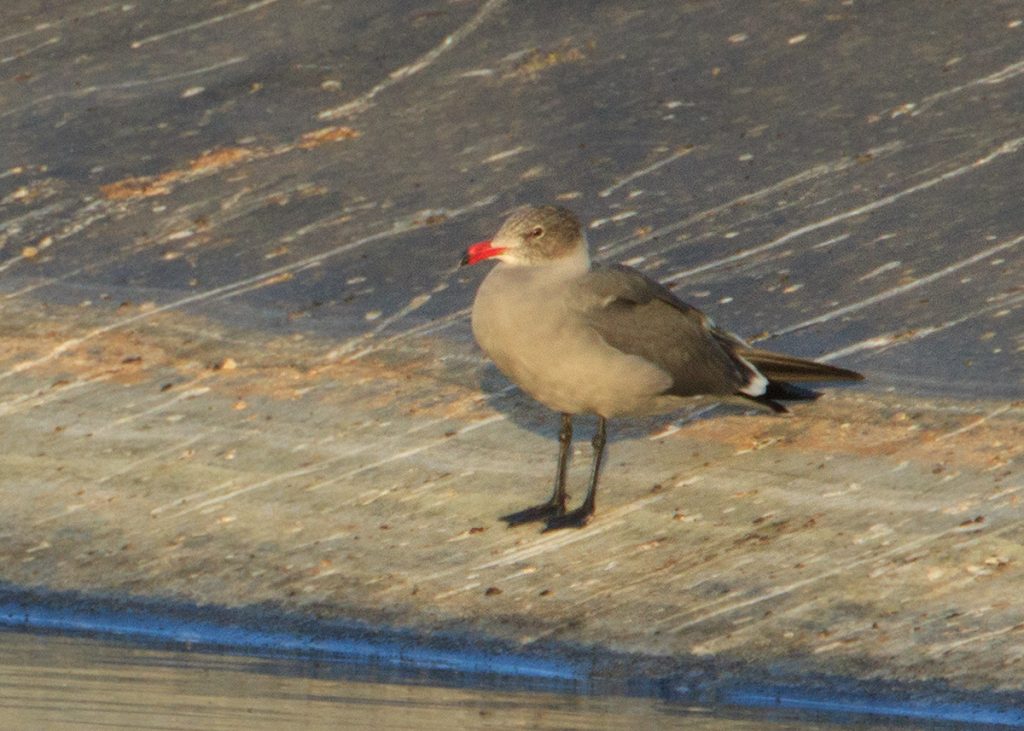
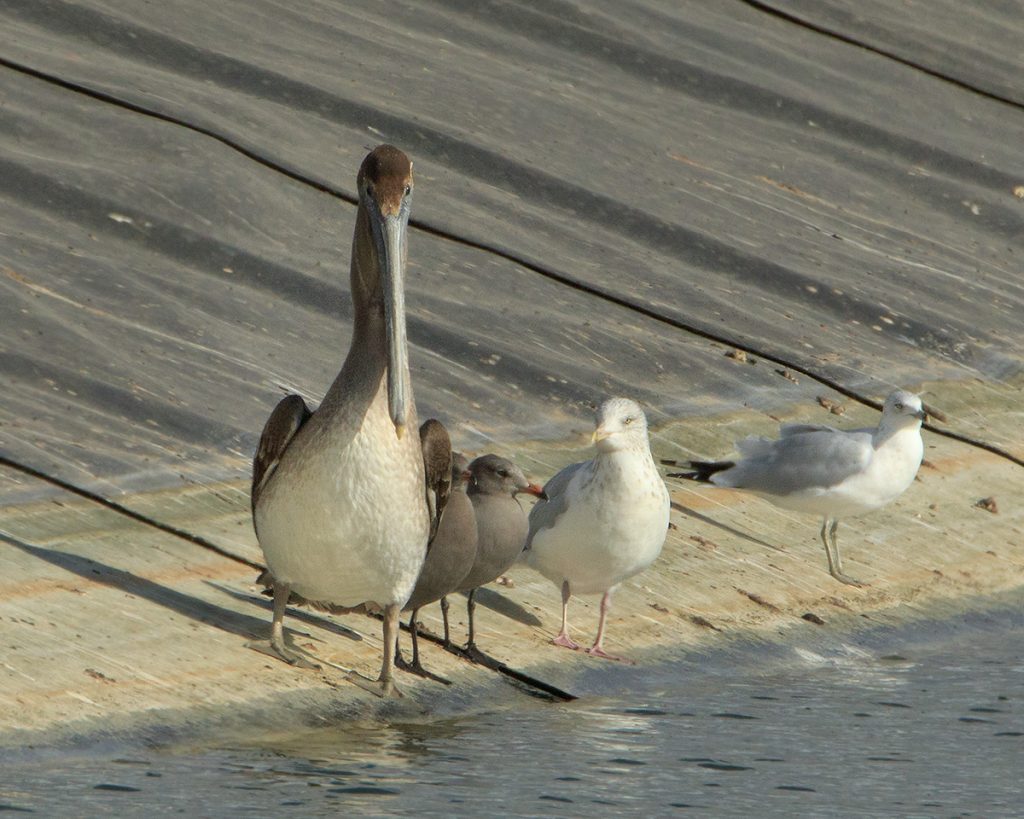
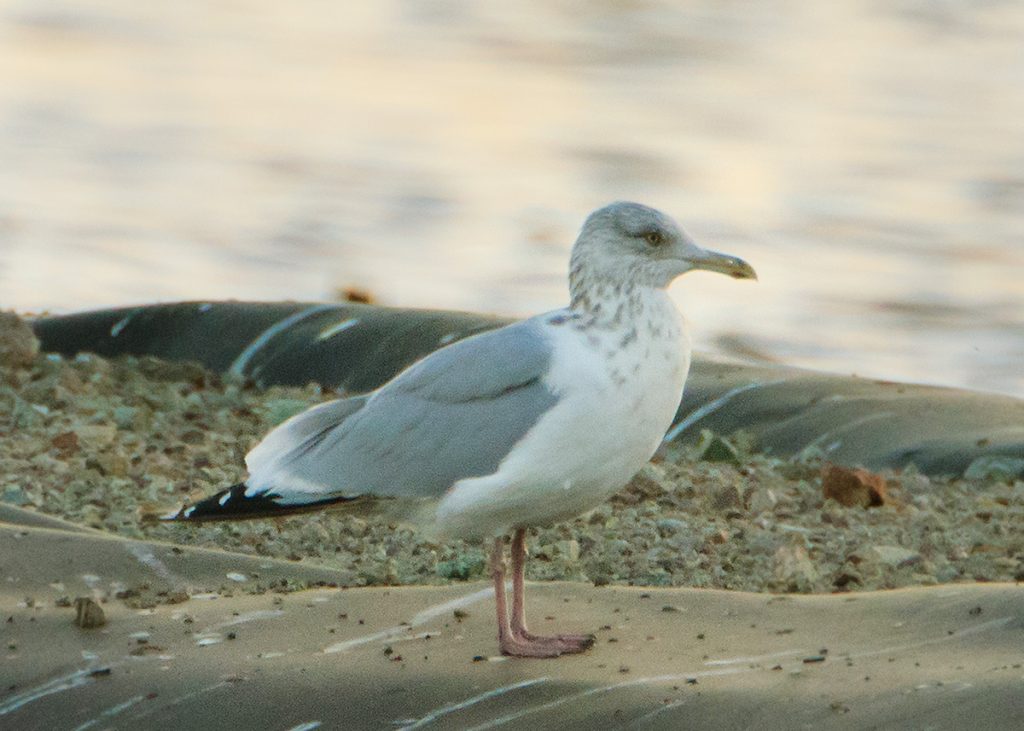
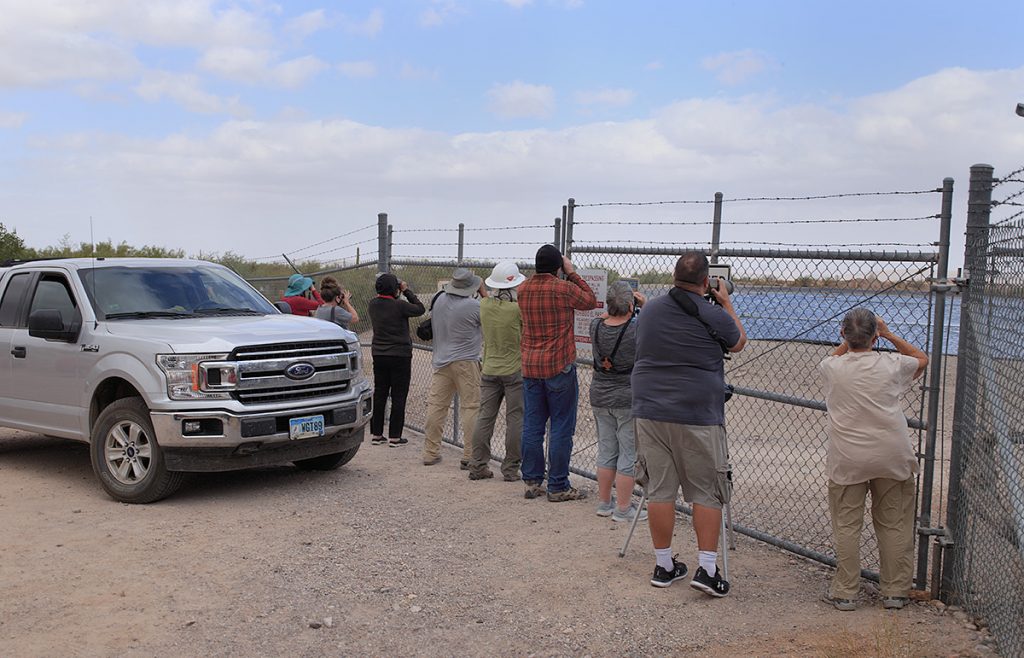
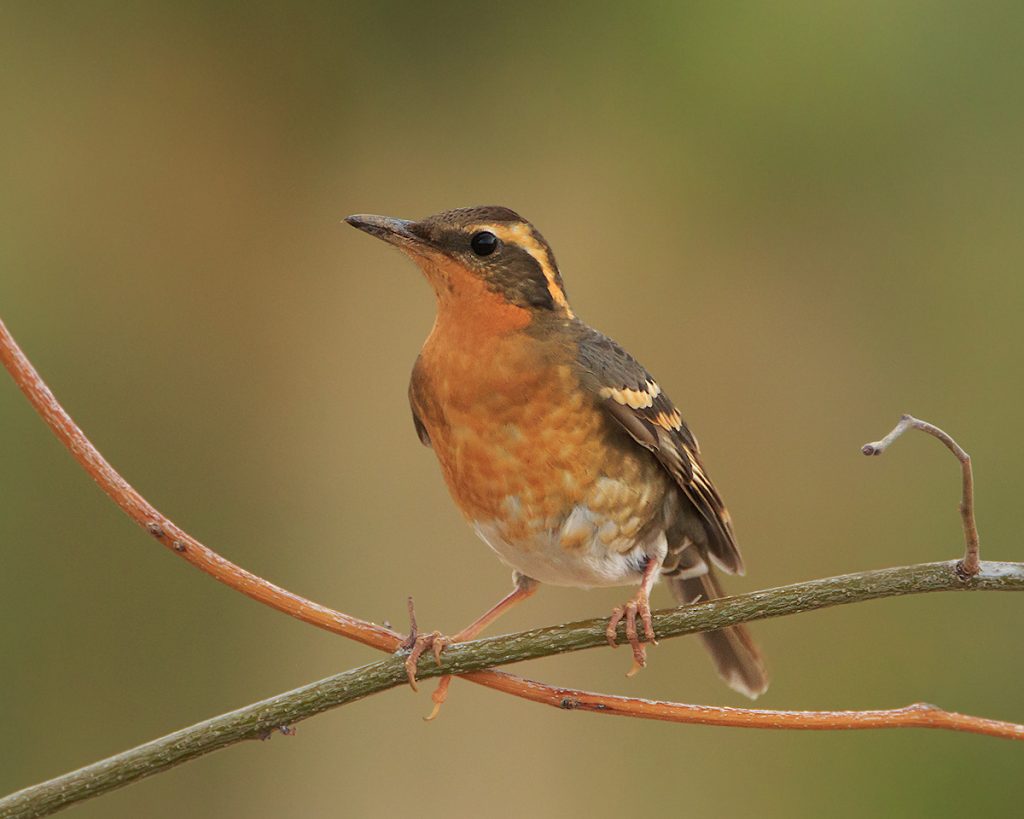
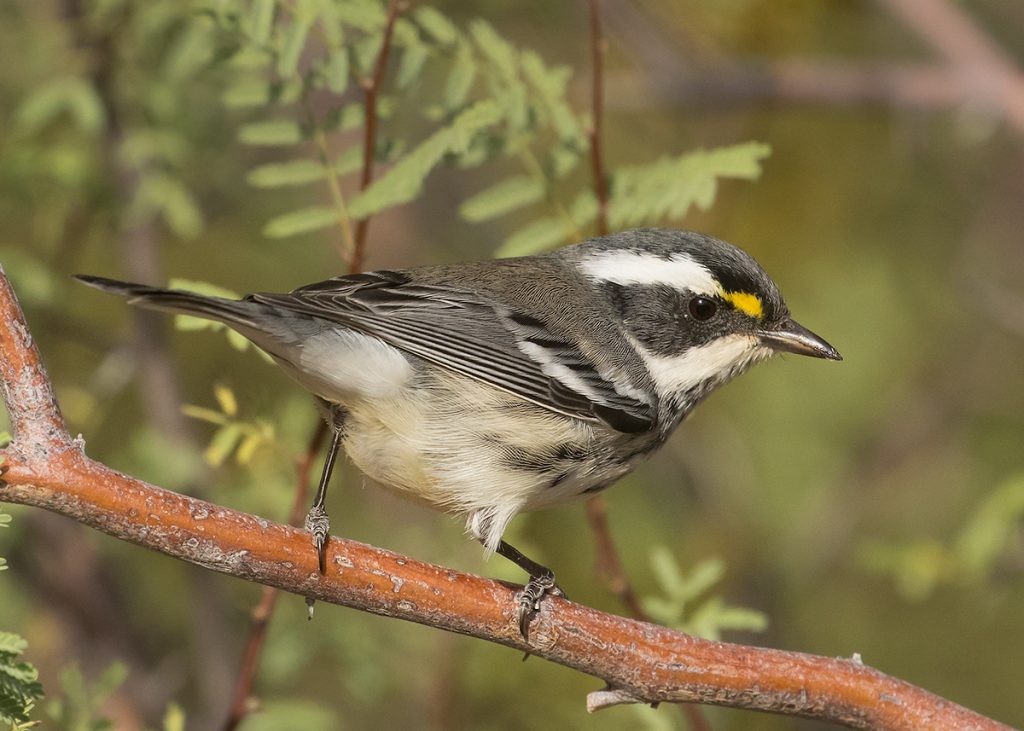
As always, to see a larger image right click on the photo to open in a new tab.
This afternoon I got the best photo I’ve ever taken of a Rufous-backed Robin. The Varied Thrush is still here too. The good birds here are also attracting birders. Mark Otnes, who has moved to Tucson from North Dakota, came out this morning. I have been meeting more birders from Arizona and some from California this fall than ever.
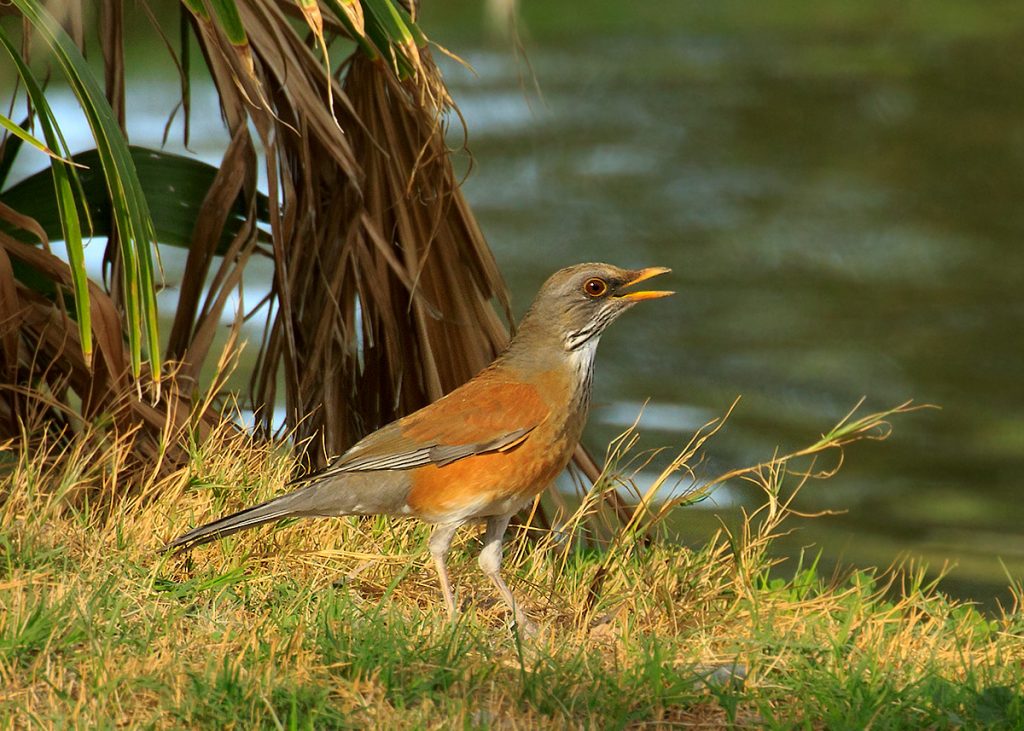
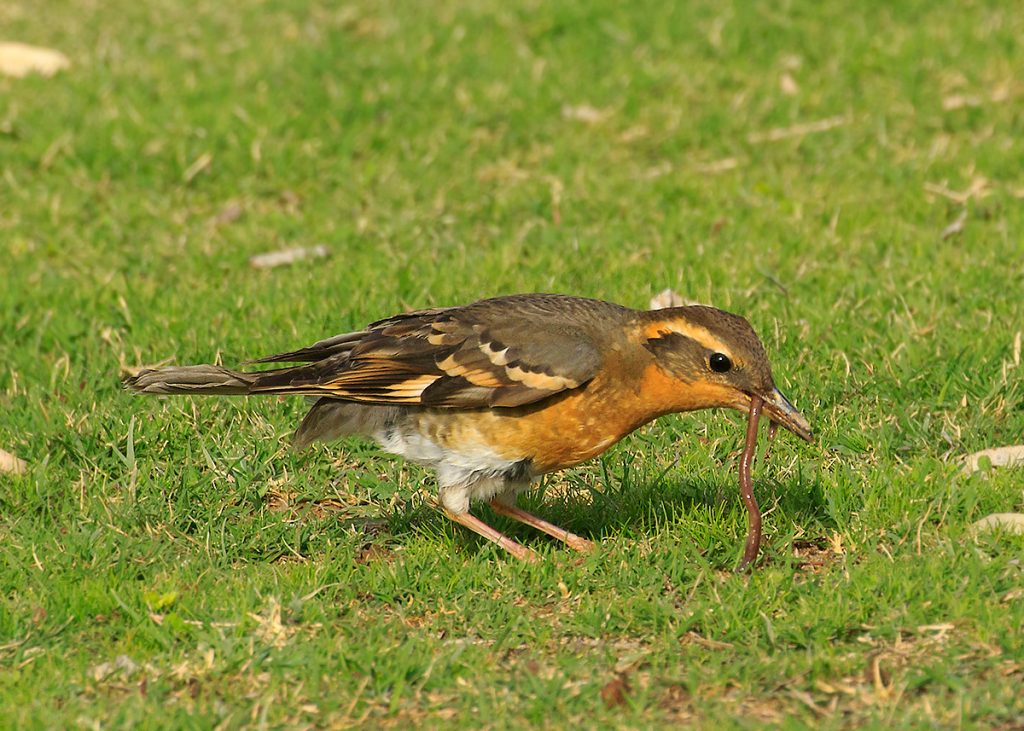
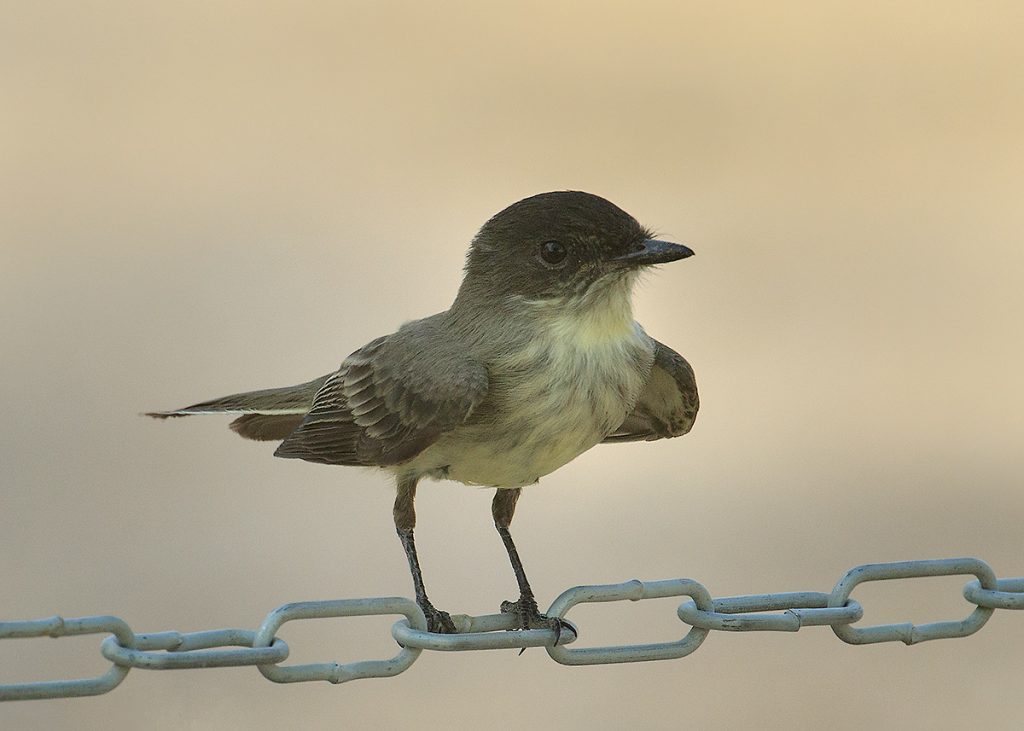

The run on good birds just gets better. Today I found a Varied Thrush at the golf course. I got the best photos I’ve ever taken of this species. Quite a few people from Tucson and Phoenix came to see it. Also found a Yellow-bellied Sapsucker and a Summer Tanager, both are the first ones I’ve ever seen around Ajo. And to top it off, a Fox Sparrow, which I have seen here several times but still pretty rare for the Sonoran Desert.
As always, right click on a photo and open in a new tab to see a larger image.


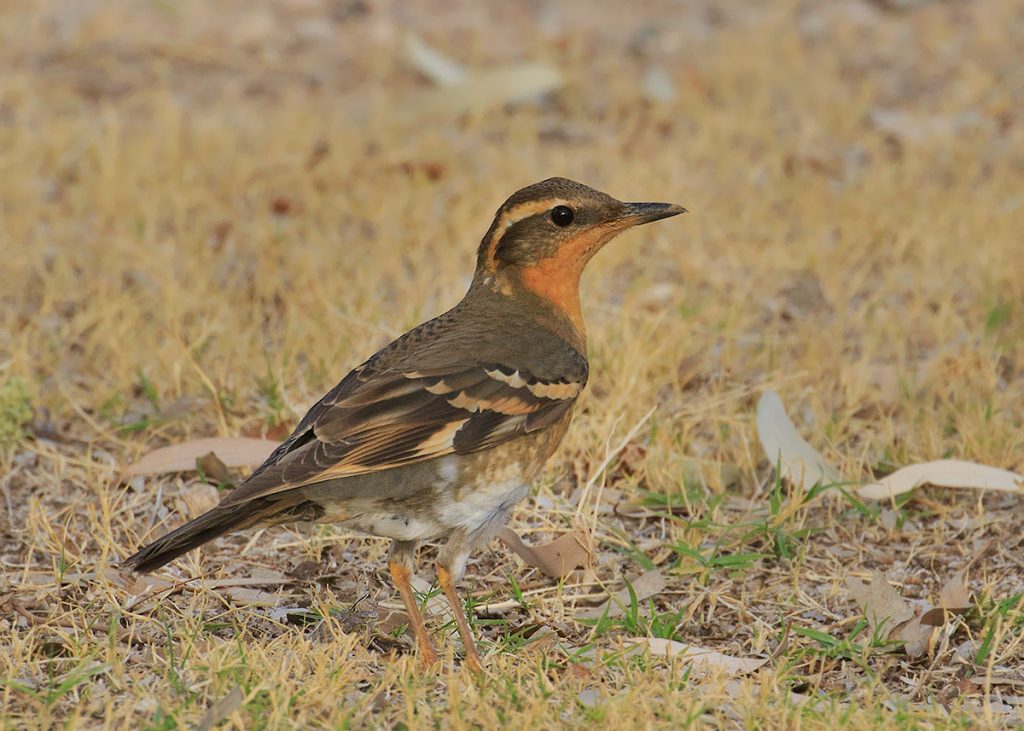
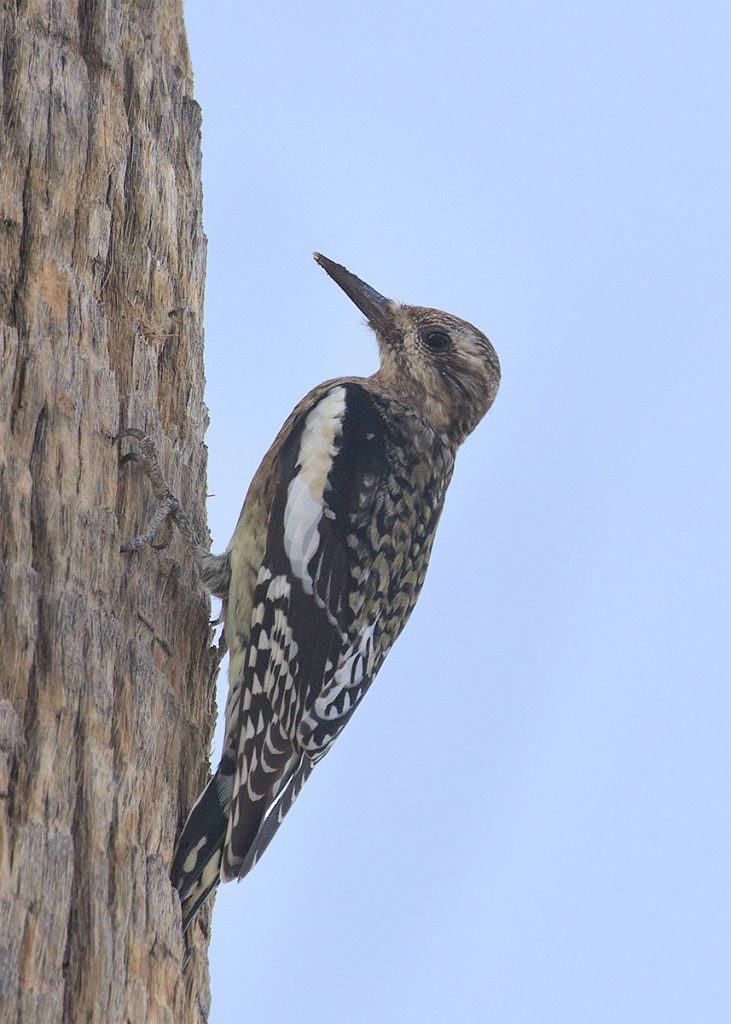


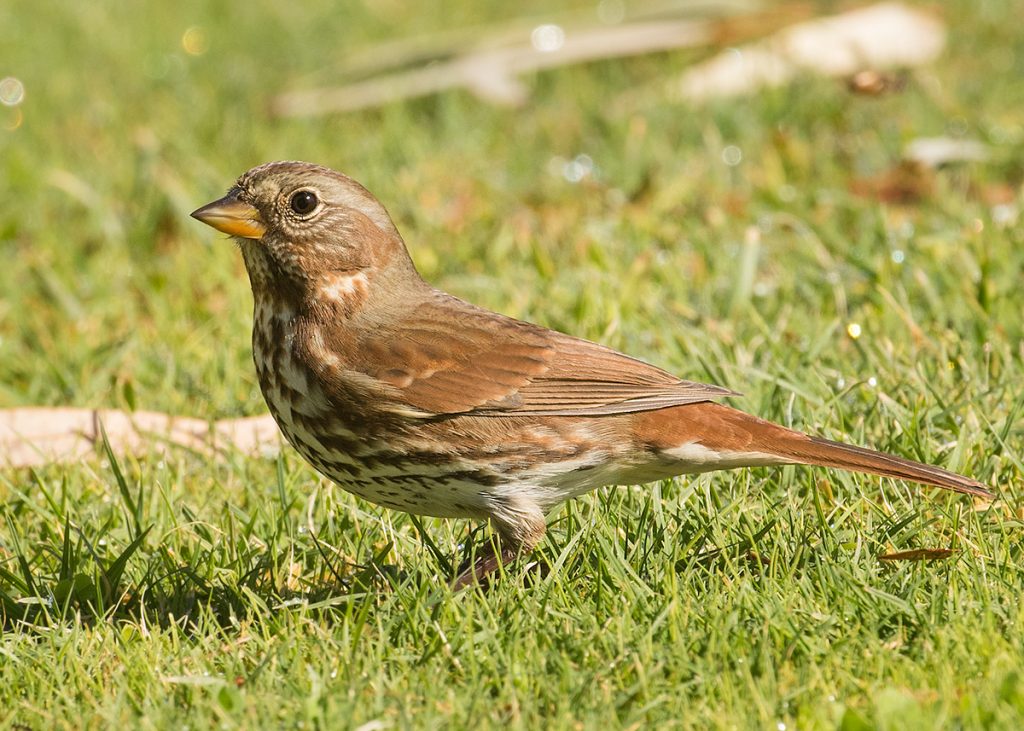
It has been a busy few days, mostly due to a Lapland Longspur that showed up at the sewage ponds. In South Dakota, one can see thousands of Lapland Longspurs during some winters and nearly always some in most winters, but in Arizona one is a big deal. I first saw the bird on Saturday afternoon and got the word out. Sunday was a busy day with birders coming in to find it. Some succeeded, some didn’t. It was not a cooperative bird and stayed too far out for any good photographs.
